With its untouched wilderness, diverse ecosystems, and abundance of wildlife, Mozambique is a photographer’s paradise. Whether you want to capture picturesque landscapes, animals in their element, or the teeming underwater life living on the reefs, this country has got you covered.
If you’re searching for an unforgettable experience, consider these 10 best destinations for photographic safaris in Mozambique.
1. Gorongosa National Park
Situated in central Mozambique, Gorongosa National Park is a conservation success story, having bounced back from civil war to become a pristine destination for wildlife photographers. Gorongosa features a diverse array of habitats, from woodlands and savannas to floodplains and wetlands.

These areas support an astonishing variety of wildlife which can be observed on guided bush walks and game drives. Avian photographers will be spoilt for choice, with over 400 recorded bird species.
Photographic Highlights: Lions, elephants, buffalo, rare African wild dogs, and stunning birdlife, especially near Lake Urema.
2. Quirimbas Archipelago
This stunning, remote group of islands located off the northern coast of Mozambique are scattered across the Quirimbas National Park, a protected area covering both land and sea. The major draw cards here are the stunning landscapes and teeming marine life that’s popular with underwater photographers.

You’ll also get the chance to interact with local communities to get a closer look at traditional Swahili culture. The islands are a paradise for birdwatchers, offering a variety of coastal and seabird species.
Photographic Highlights: Dolphins, sea turtles, whale sharks, historic ruins, and dhow boats.
3. Bazaruto Archipelago
The Bazaruto Archipelago consists of five main islands situated within the protected Bazaruto Archipelago National Park. Famous for its picture-perfect beaches, crystal-clear waters, and vibrant marine life, the archipelago is a treat for both landscape photographers and underwater photographers.

You can explore all the islands on boat trips and guided island-hopping excursions. The islands feature a variety of landscapes, from pristine beaches and lush sand dunes to freshwater lakes and dense forests.
Photographic Highlights: Dugongs, whale sharks, vibrant coral reefs, and local fishing communities.
4. Niassa Reserve
Niassa Reserve holds the title of Mozambique’s largest conservation area. Famous for its untouched wilderness and thriving wildlife, this massive and remote reserve offers photographers endless opportunities to capture dramatic predator-prey interactions.
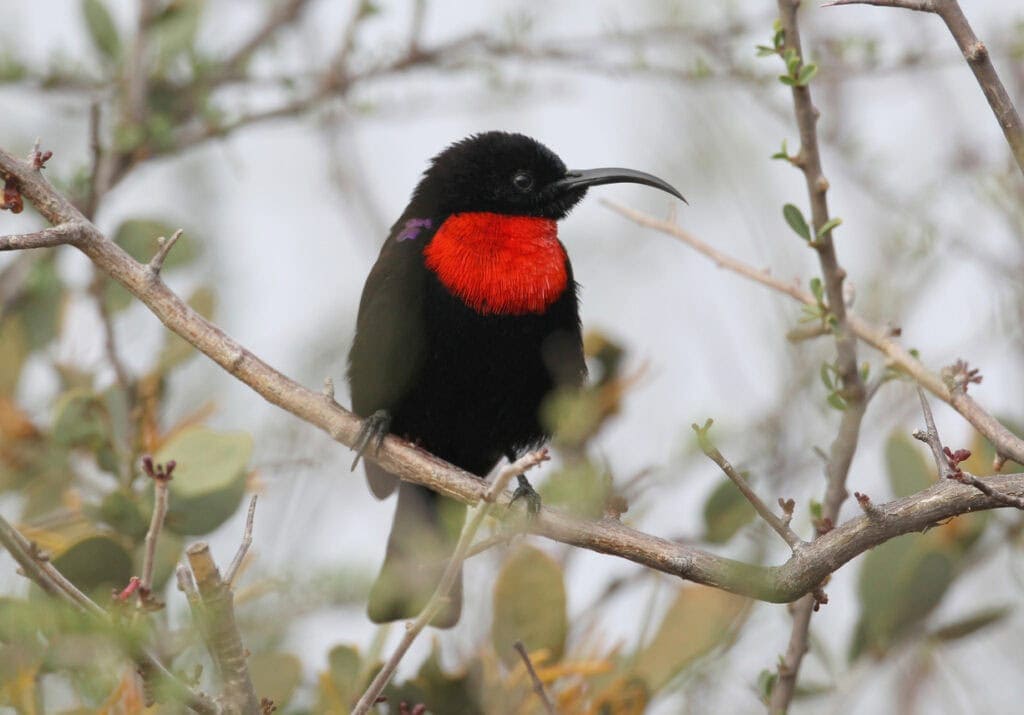
Over 400 bird species have been recorded here, including raptors, waterfowl, and a variety of songbirds. Photographic safari highlights include game drives, guided walks, and boating excursions along the Lugenda River.
Photographic Highlights: Large herds of elephants, lions, and one of Africa’s largest buffalo populations.
5. Maputo Special Reserve
Offering a chance to combine wildlife and urban photography, Maputo Special Reserve, located near Mozambique’s capital of Maputo, is home to a wide array of wildlife. The reserve features a range of habitats, including wetlands, grasslands, coastal dunes, forests, and mangroves.
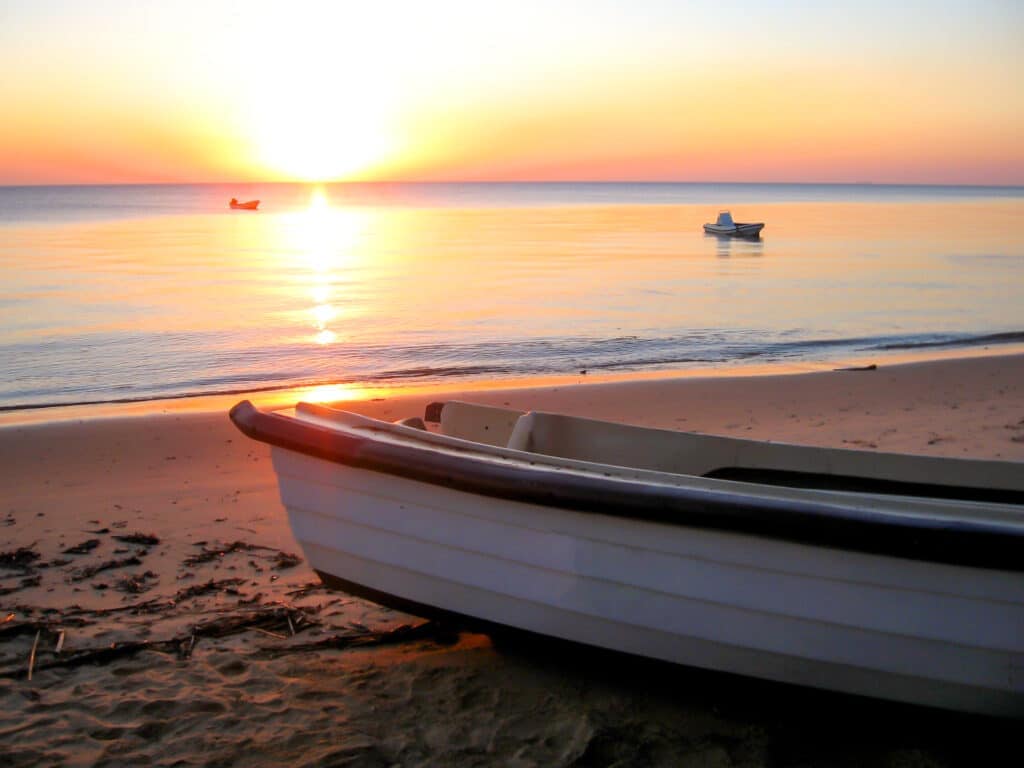
These habitats provide an ecological diversity that supports a rich mixture of flora and fauna. The reserve is famous for its coastal elephant population that has adapted to life in a coastal environment.
Photographic Highlights: Elephants, hippos, crocodiles, zebras, and a plethora of bird species.
6. Magoe National Park
Situated in the northern region of Mozambique, Magoe National Park consists of a wide variety of habitats, including miombo woodlands, grasslands, riverine forests, and wetlands. These diverse ecosystems offer jaw-dropping scenery for landscape photographers, especially during the golden hours.
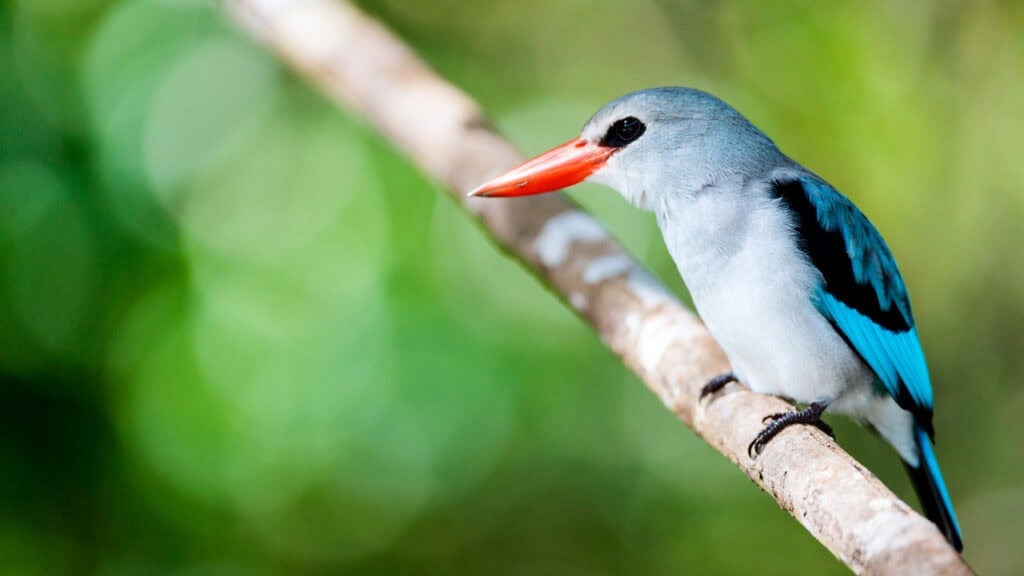
Photographic safari highlights here include guided game drives and immersive walking safaris that will get you close to the wildlife for unforgettable shots. The park also offers excellent avian photography.
Photographic Highlights: Sable antelopes, leopards, a variety of bird species, and stunning river scenes at sunset.
7. Marromeu Buffalo Reserve
Situated along the Zambezi River in central Mozambique, the Marromeu Buffalo Reserve offers awesome photographic opportunities. Famous for its immense herds of African buffalo, the reserve is also home to other wildlife species, including elephants, crocodiles, hippos, and a wide range of birdlife.
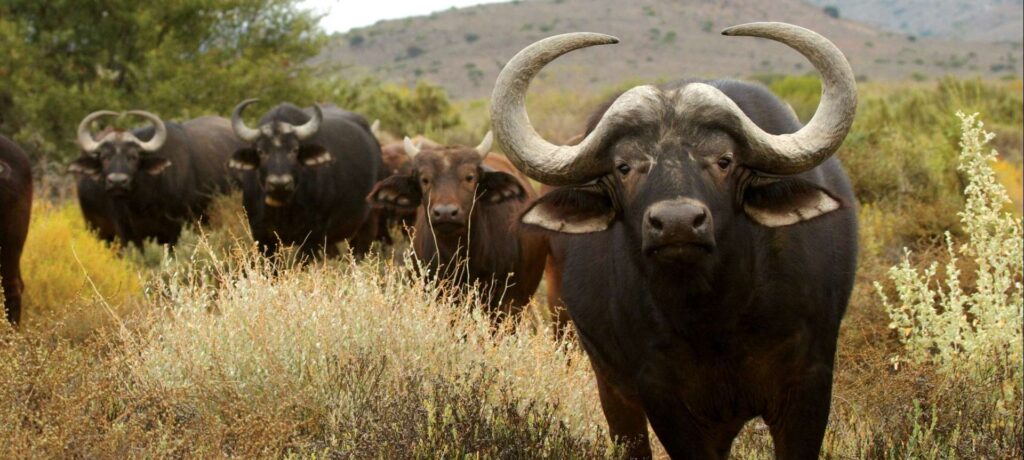
Thanks to this diversity of wildlife, photographers will get the chance to capture animal interactions that make for exciting photos. Landscape photography is especially rewarding during sunrise and sunset.
Photographic Highlights: Large buffalo herds, lions, walking safaris, and boat safaris.
8. Chimanimani Mountains
Located on the border of Mozambique and Zimbabwe, the Chimanimani Mountains are a rugged mountain range perfect for capturing dramatic scenery. Landscapes here include towering peaks, deep valleys, rugged cliffs, and lush forests, and will reward those willing to explore, especially during sunrise and sunset.
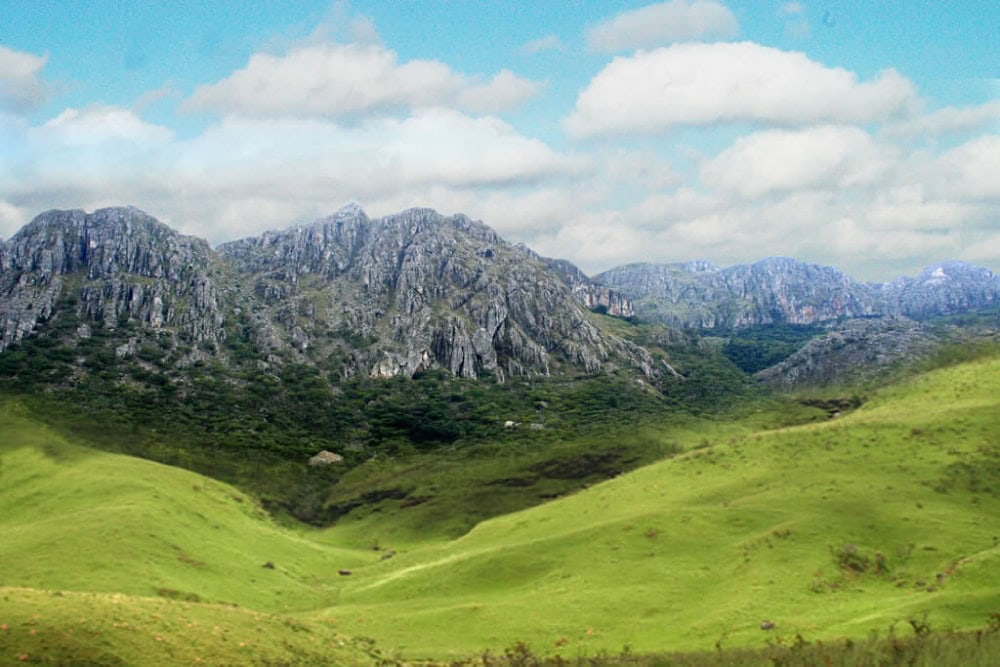
Experienced guides can lead the way to stunning locations and hidden gems, letting you capture rare shots. Thanks to its remote location, this is a perfect spot for night sky photography.
Photographic Highlights: Scenic mountain views, diverse plant species, and cascading waterfalls.
9. Ponta do Ouro Partial Marine Reserve
Situated in the southernmost part of Mozambique, near the South African border, Ponta do Ouro Partial Marine Reserve couldn’t be a better destination for underwater and marine photography. Expect to capture stunning photos of colorful fish, corals, sharks, dolphins, and sea turtles.
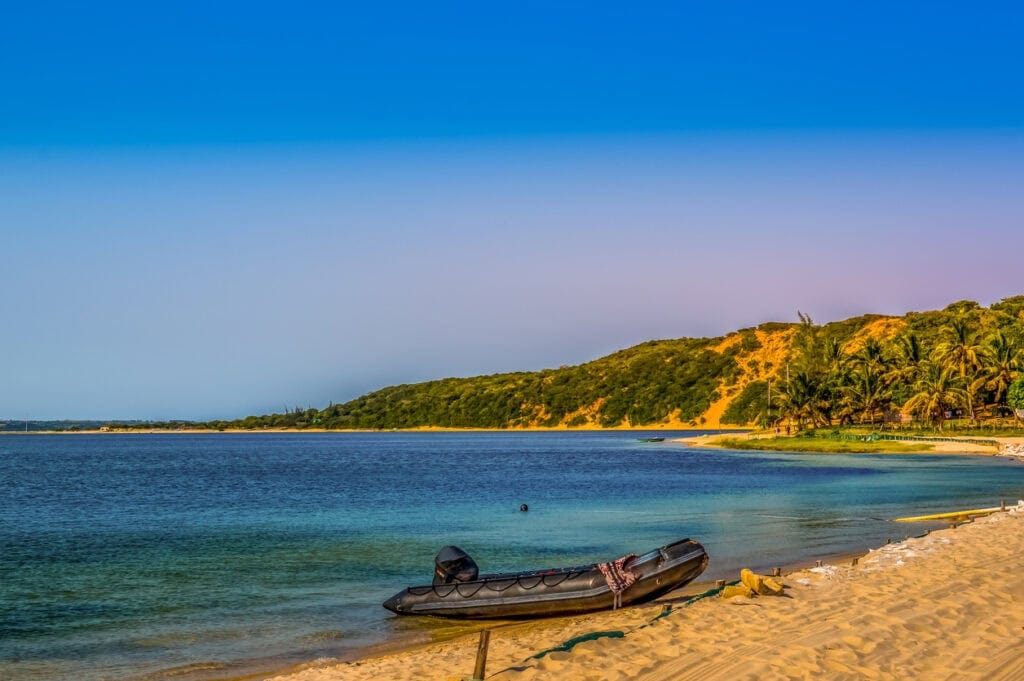
Visibility is excellent and a seasonal highlight is the humpback whale migration from June to November. For experienced divers and photographers, night dives give you the chance to spot nocturnal marine life not seen during the day.
Photographic Highlights: Dolphins, humpback whales, night dives, and manta rays.
10. Inhaca Island
Located off the coast of Maputo, Inhaca Island is a photogenic location, offering photographers a wide array of photographic opportunities. There are picturesque beaches and coastlines for landscape photographers, vibrant coral reefs for underwater photographers, and a rich cultural heritage to explore.
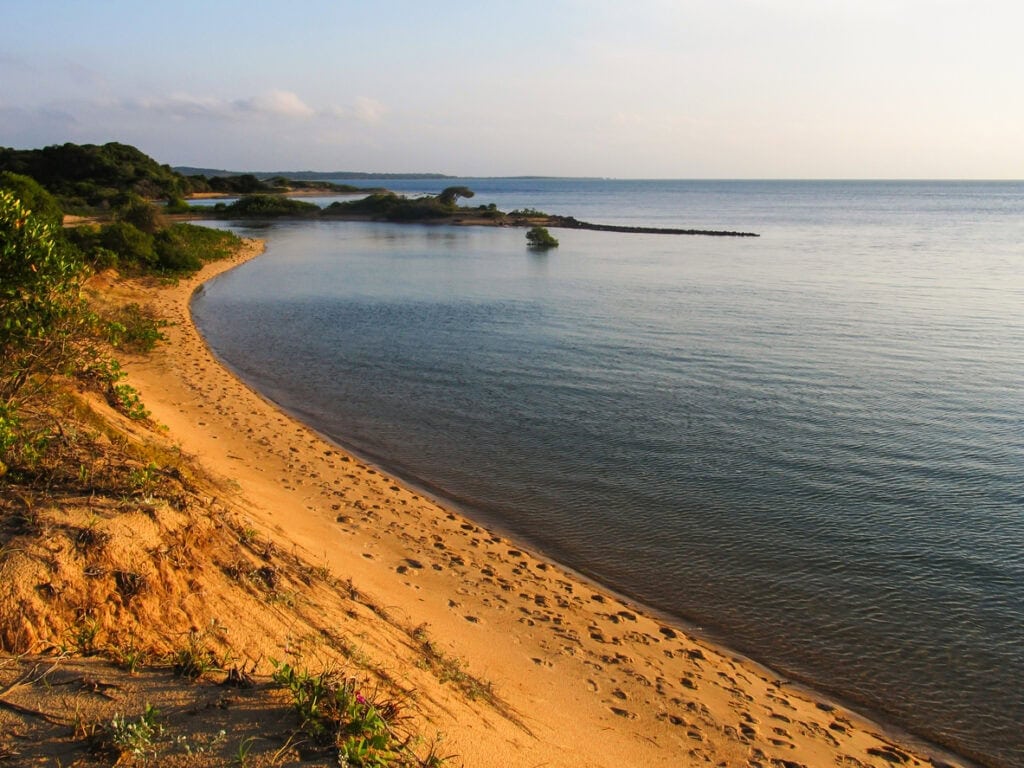
This idyllic destination is also rich in birdlife, including herons, kingfishers, and flamingos. Take a guided boat trip to discover unique landscapes, hidden beaches, and interesting coastal rock formations.
Photographic Highlights: Flamingos, pelicans, seahorses, starfish, and sea turtles.
When embarking on a photographic safari, it’s essential to pack the right equipment, pick the season that matches your goals, and consider hiring a guide that can show you the hidden gems. Speak to a safari expert at Discover Africa today to start planning your tailor-made photographic safari.
Author: Gavin Denner
Published:
Last Update:
Part of the African Photo Safaris Collection